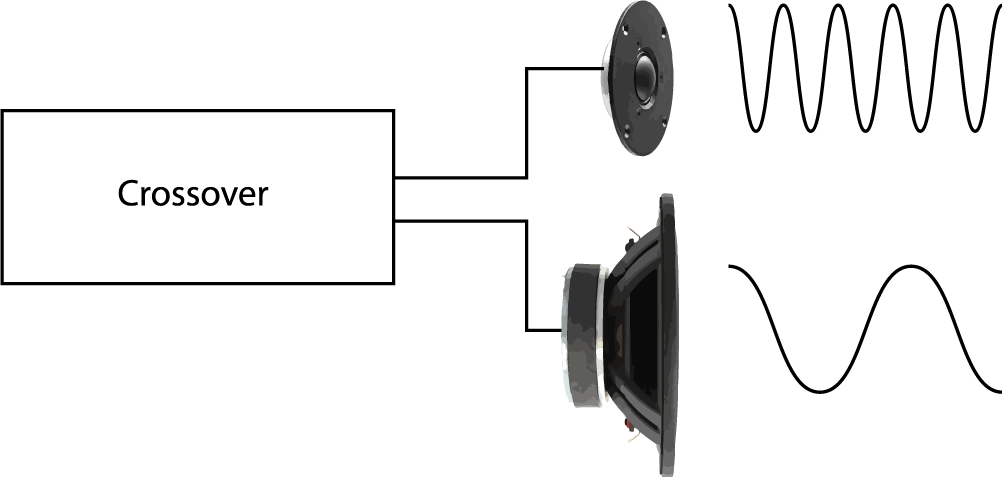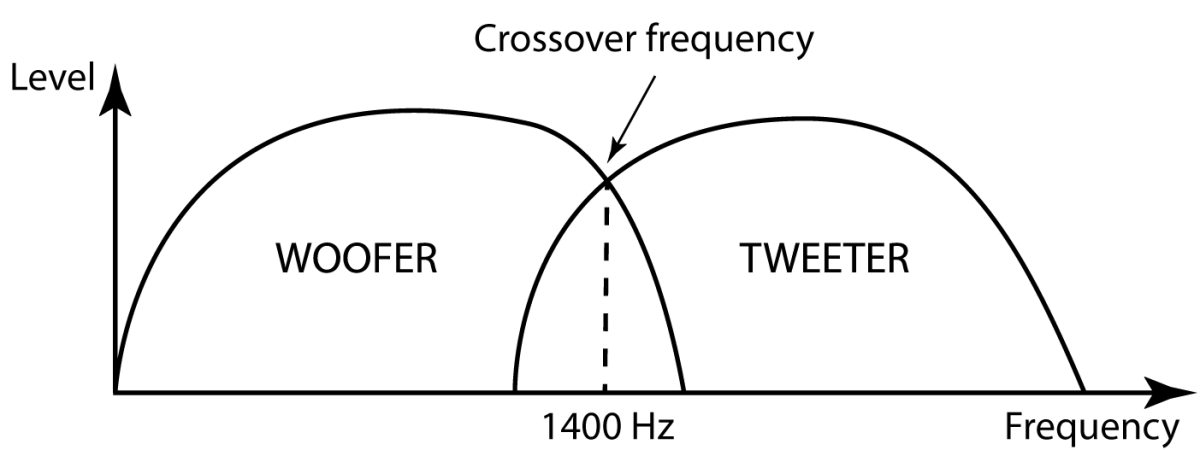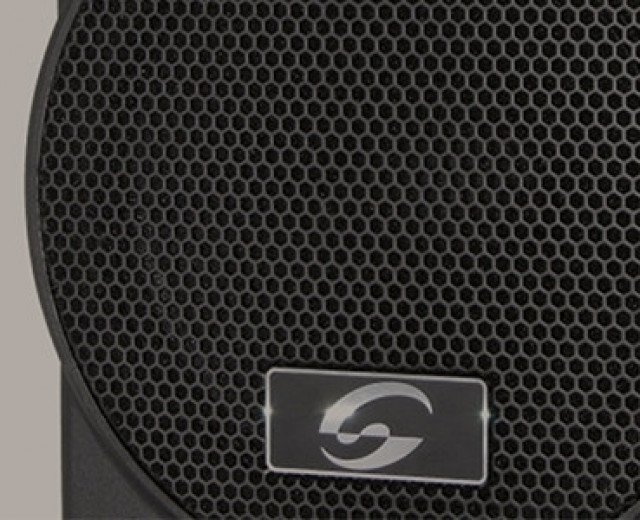Loving music, playing an instrument in a small band or simply spending the night dancing with your friends are great ways to share with others something that belongs to you. The magic in these simple actions is hard to explain, ad this is probably why we love them so much!
How to reinforce your
sound
The first
issue we need to address is the need to amplify our audio, so that more people
can listen to what we are playing in the best way. We need some loudspeakers,
but searching the Internet or in shops can be disappointing: we immediately notice
how huge is the availability, and this can be confusing or daunting for a beginner.
Some
frequently asked questions:
- Active or passive loudspeaker?
- Wood or plastic cabinet?
- How much power is required?
- Do we need a subwoofer?
- How can we choose one?
Of course there are many more questions, but most important, the answers depend a good deal on your actual needs. The purpose of this guide is to help you to determine your real needs, offering useful tips to make the best possible choice in any given situation.
Active or passive loudspeaker
Should we
prefer an active or a passive speaker? To answer this question, we need to make
clear what we are talking about, answering to some basic questions:
a.
What
is a loudspeaker?
b.
What
does active and passive speaker mean?
c.
Pros
and cons of both solutions
d.
Price
and quality
e.
What
is the best solution for you?
a. What is a loudspeaker
Let’s start
from the passive type, omitting the electroacoustic and the physics behind, to keep
things simple. A loudspeaker (or simply speaker) is a transducer that converts
an electrical signal coming from an amplifier into a corresponding sound wave
that travels in the air.
Broadly
speaking, a loudspeaker has a rectangular shaped enclosure with drivers on
front side (called “baffle”). The
drivers or transducers convert an electric signal into a sound by moving
rapidly back and forth by mean of a magnetic field produced by a permanent
magnet, pushing on the air to generate a sound wave that reaches the listener.
Together
with those drivers, the enclosure often contains an electrical circuit, called crossover,
which splits the audio signal and send to different drivers, and one or more
holes – called bass reflex port or vent,
which influence the final sound of our loudspeaker.
Two-way loudspeaker:
woofer and tweeter
There are many different types of speakers and drivers, with different characteristics, optimized for various applications and needs. The most common type of speaker is the two-way speaker, which employs two drivers: a woofer – for low frequency band – and a tweeter or a compression driver for high frequency band.
Low frequencies have longer wavelengths and cover mid-low part of the spectrum (e.g.: kick drum, snare drum, bass, male voice, etc.). High frequency band has shorter wavelengths, and covers mid-high part of the spectrum (e.g.: violin, cymbals, etc.), giving clearness and brightness to sounds.
Besides the
two-way speaker, there are many other types:
·
Full-range – with only one driver for the
whole audio spectrum
·
Three-way – together with woofer and tweeter,
respectively dedicated to low and to high frequency bands, there is a mid-range
driver specifically designed for mid frequencies.
·
More than three-way – with more drivers dedicated to
even more specific frequency bands
Crossover
Woofers and
tweeters are drivers designed to reproduce a specific range of audio spectrum (that
is, the audible
frequency range that humans can hear); and in order to make them work correctly, we
have to cut out all frequencies that each type of driver would not be able to
play correctly. To split this spectrum into separate frequency bands we use
circuits called crossovers.

The split point
between high and low frequencies is called crossover
point, set by the designer according to the transducers’ specifications, loudspeaker
type and other factors. In the following illustration, this frequency is set at
1400Hz.

Closed or open cabinet
Speakers’
cabinets can also be classified according to the presence of openings in the
box itself. A cabinet completely sealed it’s called air suspension enclosure; a cabinet with one or more openings on
one or more sides it’s called bass
reflex enclosure, and it’s the
most common design. A more evolved design based on bass reflex principle, features
a transmission line, where, besides
one or more openings, tothe sound is directed along a folded pathway inside the
cabinet before the emission.
